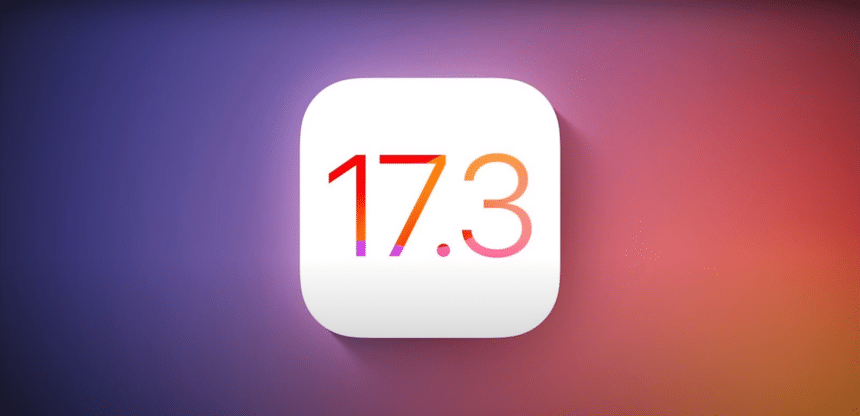One noteworthy feature has piqued the interest of iPhone users and security experts alike the introduction of the iPhone stolen device protection. In the fast-paced world of technology, Apple continues to lead the way with its latest version, iOS 17.3. This new edition, which was released only yesterday, is jam-packed with intriguing additions, including collaborative playlists in Apple Music and a unique Unity wallpaper devoted to Black History Month.
Enable iPhone Stolen Device Protection Now

This function, which is disabled by default, was implemented in response to a stunning finding discovered by Joanna Stern and Nicole Nguyen during their research for the Wall Street Journal. The duo shed light on the growing number of situations in which thieves not only steal iPhones, but also utilize them to access sensitive data and steal money from unsuspecting customers. iOS 17.3 adds this preventive feature as a critical step toward improving user security, and users are encouraged to enable the iPhone stolen device protection as soon as possible.
Security Vulnerabilities
The passcode is important because it allows users to unlock their phones and make changes to device settings. Even when Face ID or Touch ID are enabled, the passcode is used to access the phone and change settings. Unfortunately, this important security feature has become a target for iPhone thieves who use social circumstances to get passcodes. According to Joanna Stern, these burglars attend late-night events, such as bars, where they engage strangers in conversation to steal their passcodes.
Deceptive Tactics

A worrying example is a thief appearing as a kind person interested in connecting victims to Snapchat. Using the convenience of entering contact information directly on someone else’s phone, the thief persuades victims to provide their passcodes, so jeopardizing the security of their devices.
Cunning Tactics in Gaining Access and Control
After gaining the victim’s trust by pretending to add them on Snapchat, the iPhone thief would falsely lock the phone while stating that it was already locked. Seizing the opportunity, the burglar demanded the passcode and cleverly memorized it for future use. The thief’s illegitimate possession of the passcode allows him to unlock the stolen device and adjust critical settings, such as changing the Apple ID password in the phone settings.
iPhone Vulnerability Exposes Sensitive Data Risks
This wicked action disables Find My iPhone, denying the victim the opportunity to remotely delete their device and worsening the invasion of privacy. Furthermore, the ramifications go beyond device access, as many iPhone users unintentionally save sensitive information such as bank app passwords and credit card numbers in iCloud Keychain and Safari autofill options. Thieves with access to the passcode can abuse encrypted notes and, if necessary, register their own face in Face ID, bypassing security protections and putting the user’s personal information at risk.
Apple allows you an hour to remotely wipe everything with iPhone stolen device protection

To improve the security of its devices, Apple added a stolen device protection function to iOS 17.3. When engaged, certain tasks require Face ID or Touch ID biometric authentication, such as accessing stored passwords and payment cards. Furthermore, many critical security measures, such as changing the Apple ID password, resetting the passcode, and turning off stolen device protection, are subject to a security delay. This delay requires users to wait at least an hour before making large modifications, providing a safeguard in the event of a stolen device.
Stolen Device Protection with User Convenience
However, Apple recognizes practical issues and exempts familiar settings, such as home or work, from the delay, allowing users to make crucial changes quickly in such trusted contexts. Despite the occasional annoyance, Apple attempts to strike a balance between security and consumer convenience by allowing customers to select this new stolen device protection security feature under Settings > Face ID & Passcode > iPhone Stolen Device Protection.


